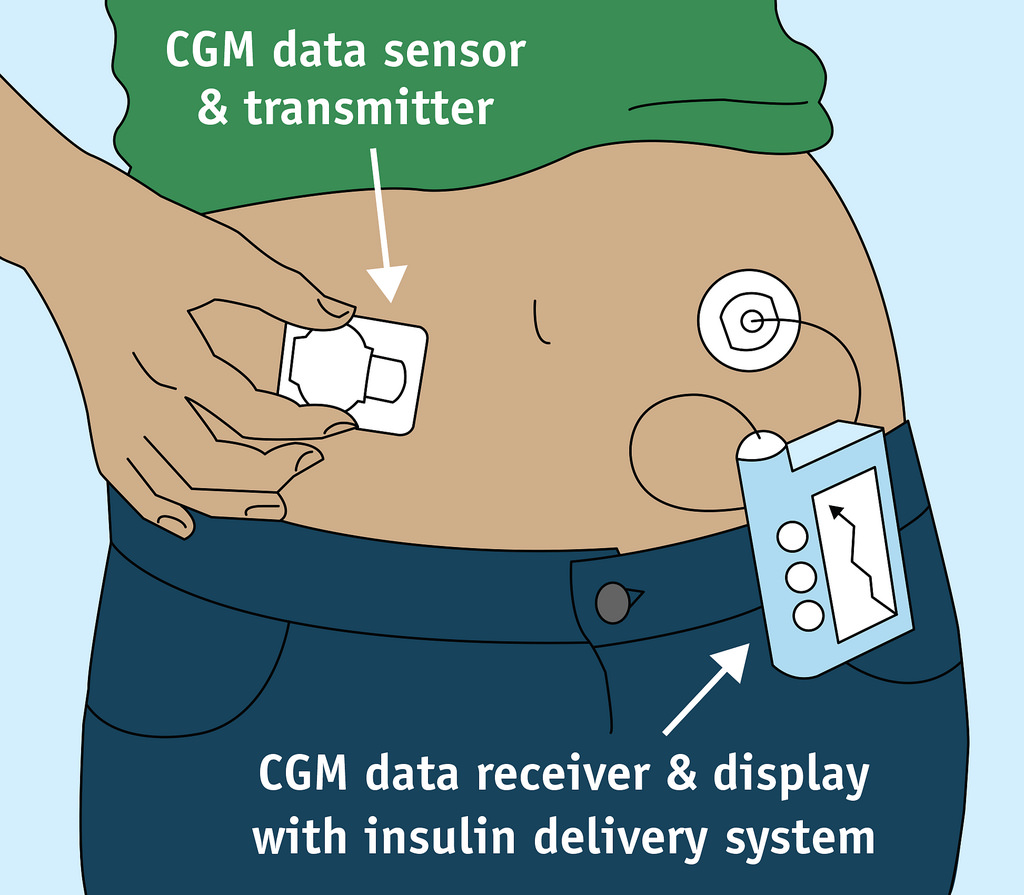Search

Research
Closed Loop Study – Day and Night Feasibility StudyA Closed-Loop System will potentially have a major impact upon acute and chronic complications of diabetes as well as upon their quality of life.
Research
Effect of blood glucose levels on the amount of glucose needed to maintain stable blood glucose levels during and after moderate intensity exercise in young people with type 1 diabetesDetermining if hyperglycaemia prior to and during exercise affects the amount of carbohydrate required to maintain stable glucose levels during/after exercise
Research
Epidemiology of hypoglycaemia in childhood-onset diabetes in Western AustraliaInvestigating the demographic, lifestyle and diabetes management factors associated with the incidence of severe hypoglycemia
Research
Cyclical variation in the incidence of childhood type 1 diabetes in Western Australia (1985-2010)The objective was to examine the incidence of childhood type 1 diabetes in Western Australia from 1985-2010.
Research
Do different glucose levels at calibration influence accuracy of continuous glucose monitoring readings in vitro?The purpose of this study was to determine whether the accuracy of CGMs also improves if multiple calibrations are performed in vitro.
Research
Immune modulation by UV: Role of vitamin DIn this chapter, evidence for and evidence against the involvement of vitamin D in the immunoregulatory properties of UV radiation is presented.
Research
Acute hyperglycaemia does not alter nitric oxide-mediated microvascular function in the skin of adolescents with type 1 diabetesWe assessed the impact of an acute bout of hyperglycaemia on nitric oxide (NO)-mediated microvascular function in the skin of adolescents with type 1...
Research
Reducing Rates of Severe Hypoglycemia in a Population-Based Cohort of Children and Adolescents With Type 1 Diabetes Over the Decade 2000–2009The objective of this study was to examine rates of severe hypoglycemia (SH) in a large population-based cohort of children with type 1 diabetes and...
Research
Improving screening in a paediatric cohort for cystic fibrosis-related diabetes: A quality improvement projectAndré Schultz MBChB, PhD, FRACP Head, BREATH Team Head, BREATH Team Prof André Schultz is the Head, BREATH Team at The Kids Research Institute
Research
Transition models of care for type 1 diabetes: a systematic reviewManaging the care regimen for Type 1 Diabetes is challenging for emerging adults, as they take on greater responsibility for self-management. A diverse range of models of care have been implemented to improve safety and quality of care during transition between paediatric and adult services. However, evidence about acceptability and effectiveness of these is limited.
